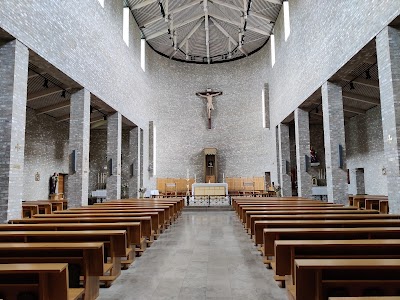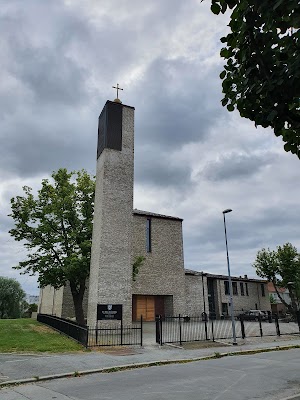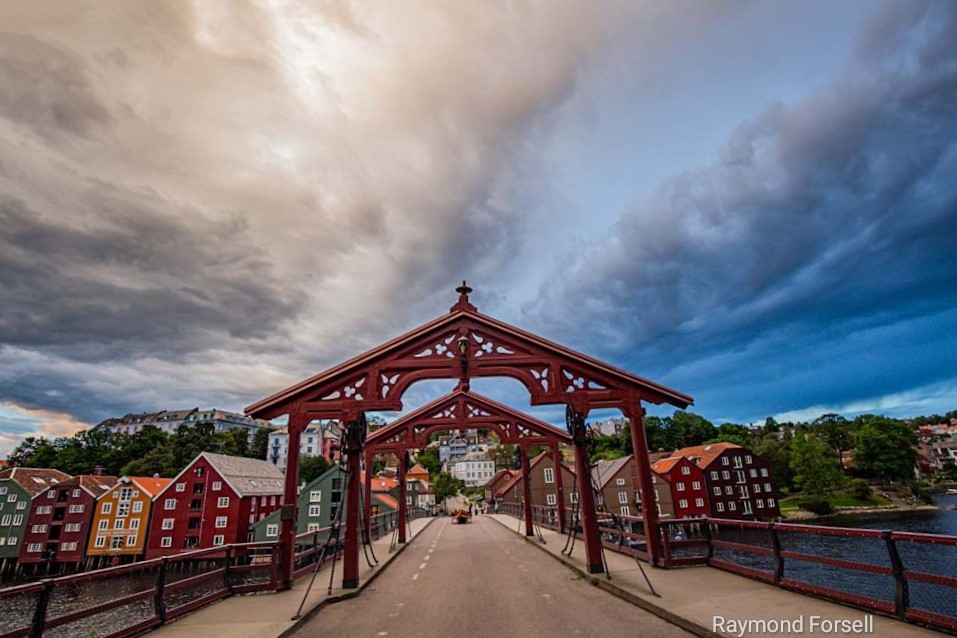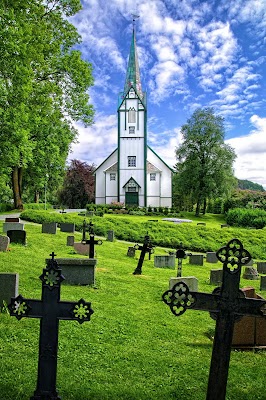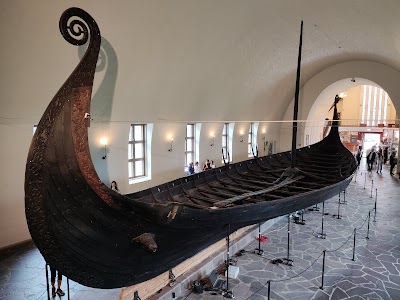St. Olav's Cathedral (St. Olavs domkirke)
Overview
St. Olav's Cathedral, known locally as **Nidaros Cathedral**, is an architectural marvel nestled in the heart of Trøndelag, Norway. This magnificent structure is not only a prime example of Gothic architecture in Northern Europe but also a site of profound historical and cultural importance.
The cathedral is built on the revered burial site of **St. Olav**, Norway's patron saint. King Olav Haraldsson played an instrumental role in the Christianization of Norway. After his death at the Battle of Stiklestad in 1030, he was canonized by the Bishop of Nidaros just a year later, turning his resting place into a pilgrimage destination. To honor his legacy, construction of Nidaros Cathedral began around 1070, establishing it as one of Norway's oldest cathedrals.
Over the centuries, the cathedral underwent significant expansions and renovations. Originally constructed as a Romanesque basilica, it transitioned to the Gothic style in the 13th century, characterized by its intricate facade, soaring spires, and stunning stained-glass windows. These elements not only elevate the cathedral as a place of worship but also as an artistic masterpiece that has enchanted visitors for centuries.
One of the cathedral's standout features is its **West Front**, an extraordinary showcase of medieval craftsmanship. The facade is adorned with a myriad of statues, including that of St. Olav and various biblical figures, all meticulously carved from soapstone. The **Rose Window**, a striking element of the West Front, captivates onlookers with its colorful glass set in intricate patterns, illuminating the cathedral's interior with a mesmerizing spectrum of light.
Stepping inside, visitors are enveloped in a serene and sacred ambiance. The cathedral's nave, with its grand arches and ribbed vaults, emphasizes verticality and light, guiding the gaze upward. The detailed stonework and historical frescoes decorating the walls stand as testaments to the artistry of medieval craftsmen. At the heart of the cathedral lies the **High Altar**, which houses relics of St. Olav, providing a space for pilgrims and visitors to reflect and find solace.
Beyond its architectural splendor, St. Olav's Cathedral is steeped in history. It served as the **coronation church** for Norwegian monarchs for centuries, underscoring its vital role in the nation's history and culture. The cathedral also boasts an impressive collection of medieval artifacts and ecclesiastical treasures, many of which can be explored at the adjacent **Archbishop’s Palace Museum**. Here, tourists can delve deeper into the stories and items that have shaped the cathedral's rich past.
The cathedral's role has evolved over time; it now functions not just as a place of worship, but as a lively cultural center. Each year, it hosts the **St. Olav Festival**, a week-long celebration honoring St. Olav's legacy. This vibrant event features concerts, lectures, and a medieval market, bringing history to life and attracting thousands of visitors eager to immerse themselves in both historical reenactment and contemporary cultural expressions.
Notably, St. Olav's Cathedral has undergone extensive restoration efforts to ensure its preservation for future generations. The most significant restorations occurred in the late 19th and early 20th centuries under the guidance of architect **Christian Christie**. These efforts were executed with meticulous attention to historical accuracy, ensuring that the cathedral's authenticity remained intact.
For anyone visiting Trondheim and Trøndelag, **St. Olav's Cathedral** is an absolute must-see. Whether you are a history enthusiast, an architecture lover, or a spiritual seeker, the cathedral offers a plethora of experiences. Its deep historical roots, paired with breathtaking beauty, create an ideal setting to reflect on Norway's rich heritage while admiring the enduring legacy of one of its most cherished saints. Visitors can also explore the surrounding area, which features the charming city of Trondheim, complete with colorful wooden houses, cozy cafés, and the picturesque **Nidelva River**.
In conclusion, St. Olav's Cathedral is more than just a building; it is a symbol of **Norwegian identity and faith**. It stands as a testament to the nation's history, artistry, and cultural evolution. For international travelers, a visit to this iconic landmark not only deepens the understanding of Norway's spiritual and historical landscape but also presents an opportunity to witness one of the world's great architectural wonders. Be sure to allocate ample time to explore its depths, as the cathedral's beauty and significance are revealed in every corner and crevice.


